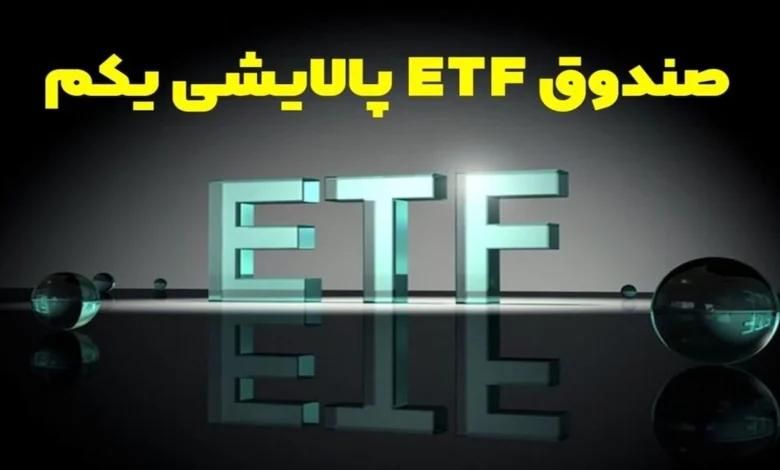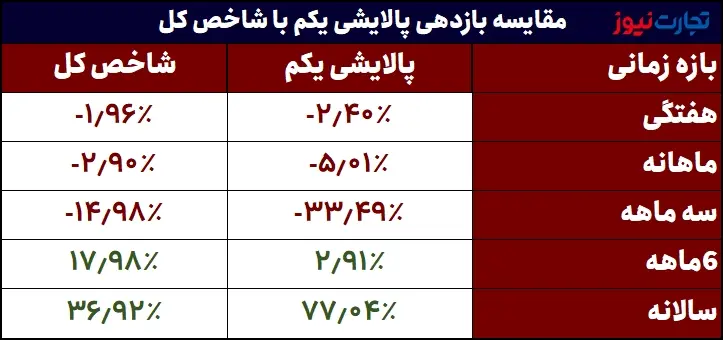The management of Eshchi Refinery 1 put the shareholders at a loss – Tejaratnews

According to Tejarat News, it was in August of last year that Majid Eshghi, the head of the stock exchange organization, said that with the amendment of the statutes of Dara Ikem and Palish Ikem funds, these two funds will be traded at their real value. The amendment of the statutes of these two funds took place in December of the same year. One of the amendments was the appointment of a market manager for this noisy fund. It’s been about 9 months since then and current evidence doesn’t support talk of love.
Because so far, Majid Eshghi has not fulfilled his promise and the amendment of the statutes of the two funds has not worked either. Now, if one day the promise of love is possible, what will be the path of the first refinement?
At first, it is good to pay attention to the one-year NAV chart. As can be seen in the graph, the intrinsic value of each unit of this fund has entered a downward trend since June of this year at the same time as the stock market fell.
In this case, it should be said that the first refining NAV always increases with stock market rises and decreases with capital market declines.
A review of the 1st Refining Fund website shows that currently the price of refining is trading more than 30% below its intrinsic value. So that currently each refining unit is sold at the price of 13 thousand Tomans. Meanwhile, each unit of this fund has an intrinsic value of 16,980 Tomans.
In this way, if Refinery 1 is to be traded at its intrinsic value (NAV), it must win its rally with the stock market indices. So that, supposedly, in the period of 6 months, the first refinement will leave a higher yield than the total index. An issue that has not been seen in the behavior of this fund. The following table shows the refining efficiency of the first in different time periods.

As it is known, the first refinement has performed worse against the overall index in short-term periods. But on the other hand, this fund was able to achieve a relatively better return compared to the main capital market index in the annual period. Having said that, it must be said that in the short term, there is no hope for a change in the situation of Iqam Refinery, and in the best case, it will take more than a year for this fund to be traded at its NAV price.
Financial Statements
Reviewing the financial statements of the 1st Refining Investment Fund indicates that refining has left a good performance in the fiscal year 1401. So that by identifying the income of 1,352 billion tomans from the sale of securities and 1,475 billion tomans from dividends, it was able to bring a big leap in its profitability in 1401.
Also, last year, this fund earned about five thousand and 929 billion tomans of unrealized profit from holding securities. In this way, the 1st Refinery Fund recorded a net profit of about seven thousand and 837 billion tomans in the fiscal year of 1401. It should be mentioned that this number has experienced a growth of 343% compared to the net profit of 1400.
In this way, taking into account the 784 million units of this fund that are with the investors, 9 thousand and 985 tomans are assigned to each share. With this account, the first refining fund makes a P/E of about 1.3, which is a very acceptable number.
With this account, it should be said that the only problem of this fund is the love management of the stock market because it is not traded at the nav price. Because the two low-income and refining funds are still trading below their intrinsic value and are unlikely to reach their NAV in the near future.
Read more reports on the capital market page.

